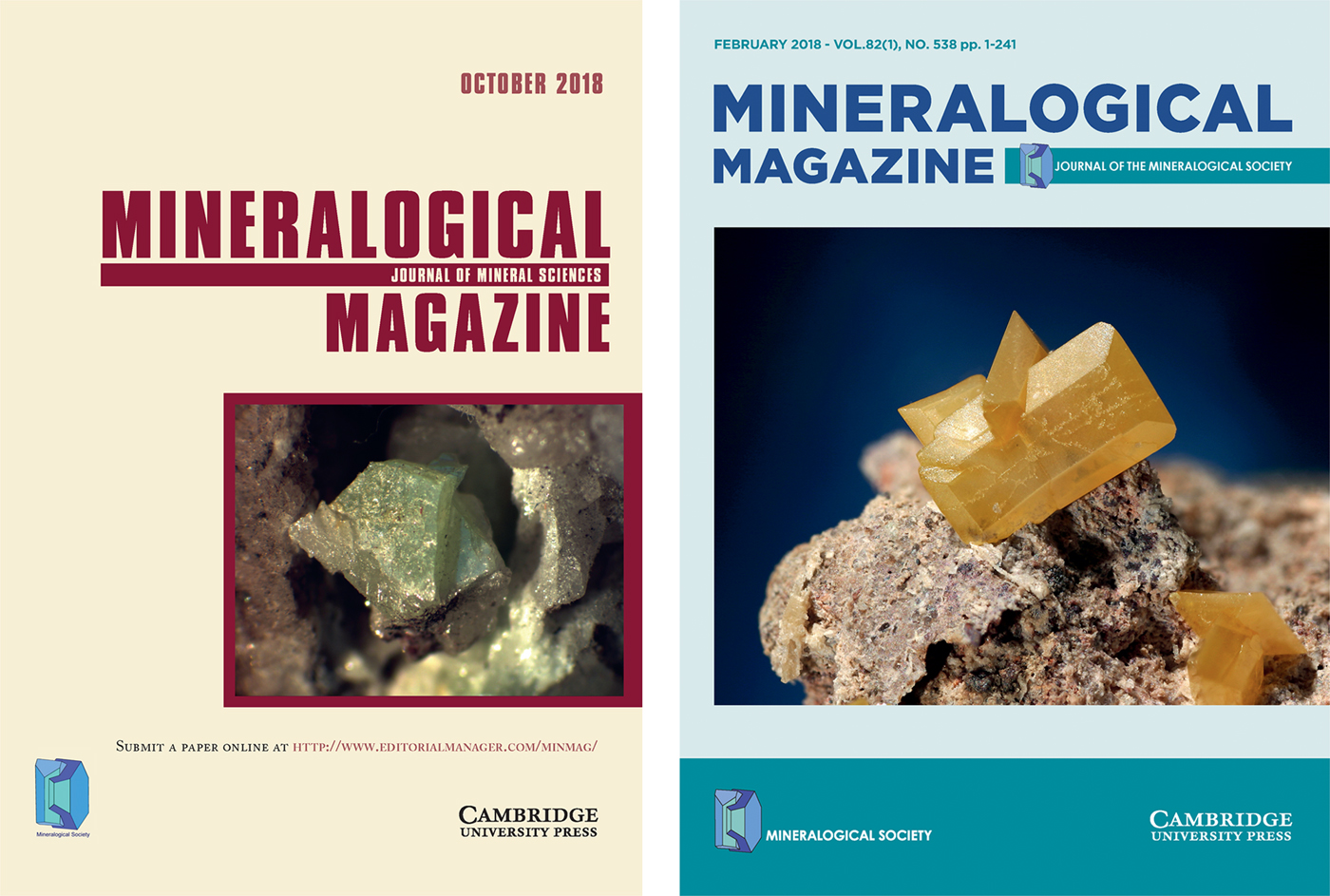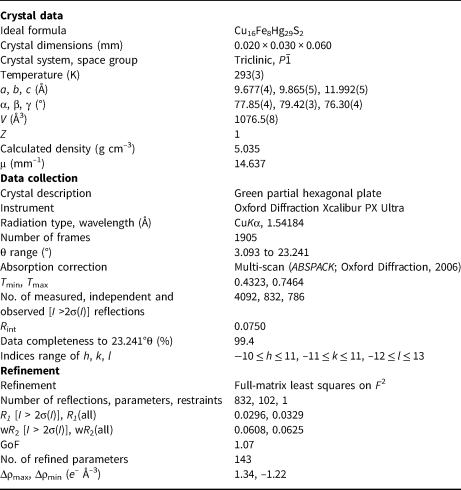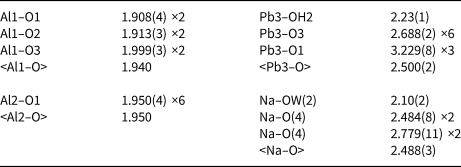Introduction
The Mineralogical Society of Great Britain and Ireland has been proud to produce Mineralogical Magazine since the first issue was published in August 1876. The contents then included an article on a new form of blowpipe lamp, especially suitable for travelling mineralogists (Le Neve Foster, Reference Le Neve Foster1876) and thoughts on some basalt dredged up from the Atlantic by a telegraph cable-laying boat (Hall, Reference Hall1876). Now with issue 544 we are discussing transmission electron microscopy (Nzogang et al., Reference Nzogang, Mussi and Cordier2019) and testing the rocks on Mars (Larre et al., Reference Larre, Morizet, Guillot-Deudon, Baron and Mangold2019).
In 2017, we successfully transferred the journal from print and on-line, to an on-line only publication, although printed versions are available on demand. In 2018 we commenced a publishing partnership with Cambridge University Press and as a consequence have increased the audience size for our periodical. The collaboration with CUP has also resulted in the release of our journal archive back to the first issue of the journal on Cambridge Core at https://www.cambridge.org/core/journals/mineralogical-magazine.
The submission process for authors has been significantly improved by the use of the manuscript-tracking system Editorial Manager, at https://www.editorialmanager.com/minmag/default.aspx.
For 2019, we are pleased to announce some changes to the journal and to update some of our policies with respect to the data needed for submission of a manuscript to the journal.
Changes in appearance
• From 2019 we will have a new cover design (Fig. 1), and are changing size to A4 in order to better accommodate data tables;
• The journal will use British English as standard;
• References have a new format with no commas after surnames e.g. Mills S.J., Mitchell R.H. and Kerbey H.C. (2018);
• All crystal structures submitted must include a CIF and checkCIF report (https://checkcif.iucr.org/);
• Crystallographic tables should be submitted in a standardised format (see Tables 1–4);

Fig. 1. The old and new covers for 2018 and 2019, respectively.
Table 1. Data and experimental details for the crystal selected.*

* Various miscellaneous entries, placed on the same line where possible, and using the same notation as above.
Table 2. Atom coordinates and displacement parameters.*

* Ideally combined in a single table, will be aligned on the decimal point.
Table 3. Powder X-ray data.*

* d obs and d calc data adjacent to each other, multiple peaks on the same line and the strongest lines (max 8) in bold
Changes to policy
• Mineralogical Magazine strongly advises that representative specimens used in research are registered, if possible, and are housed in a suitable repository such as a geoscience collection in a museum. Registration numbers must be cited in the publication.
• Type specimens must have registration numbers. Where a new crystal structure is reported or a species is redefined, registration numbers must be given.
• It is advisable to identify all samples (images and data) with specimen numbers.
We hope that you enjoy the new format and we look forward to publishing your best research in Mineralogical Magazine!








